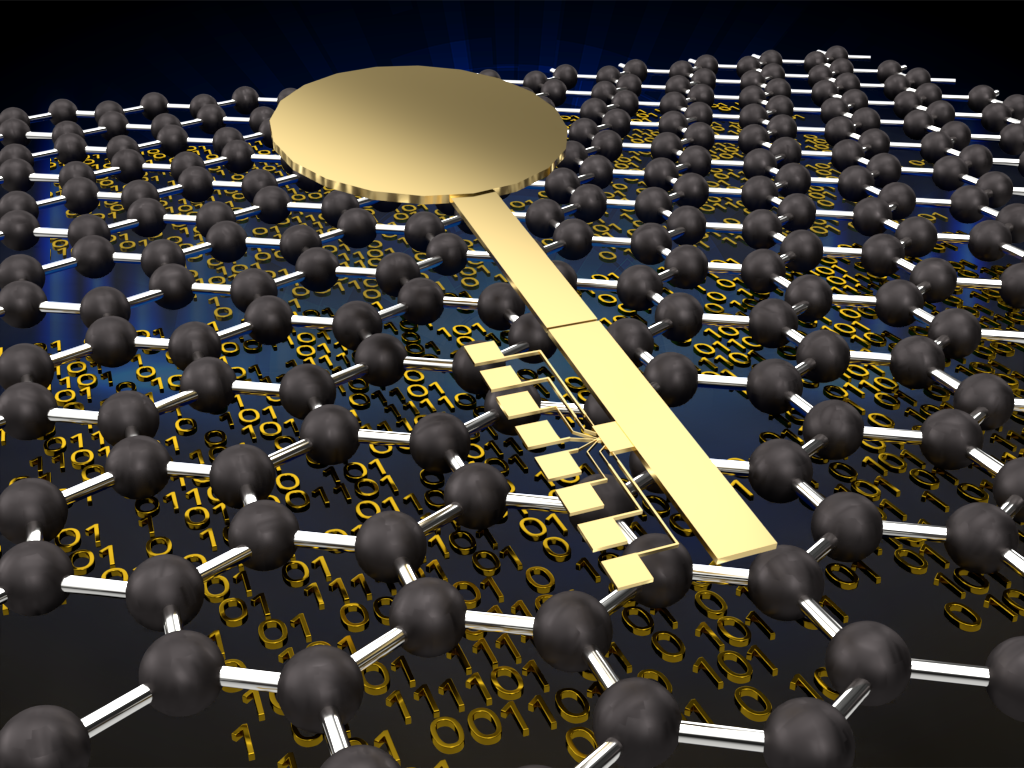(Tiny, Wireless, Injectable Chips Use Ultrasound to Monitor Body Processes)
2021/5/12 アメリカ合衆国・コロンビア大学

・ コロンビア大学が、エネルギー供給とワイヤレス通信に超音波を利用する、皮下注射可能な世界最小の単一チップによるシステムを開発。
・ 顕微鏡でのみ確認できるイエダニほどの 0.1mm3 を下回るサイズの、チップ単体で完全に機能する電子システムの「チップ・アズ・システム」という新しい概念で、多様なセンシング機能を持つワイヤレスな小型埋め込み式医療デバイス開発に革新をもたらすもの。
・ 標準的な集積回路に圧電材料を直接追加して音のエネルギーを電気エネルギーに変換する同チップは、「モア・ザン・ムーア」技術の一例。新ツールや新技術の創出に伴い、超音波の臨床的な重要性が高まっている。
・ このような微細なサイズのデバイスでは、電磁波の波長の大きな従来の RF 通信リンクが使用できないため、波長のより小さな超音波を使用する。同チップ上部に取り付けた「アンテナ」を介し、超音波によるエネルギー供給とワイヤレス通信を行う。
・ 同チップは、TSMC(台湾セミコンダクター・マニュファクチャリング・カンパニー)が作製し、Columbia
Nano Initiative クリーンルームおよびニューヨーク市立大学シティカレッジ 先端科学研究センター(ASRC)のナノファブリケーション施設で加工。
・ 最終的な目標は、皮下注射針で人体に注入し、超音波を利用して体内と通信するチップの開発。特許出願済みの現行デバイスでは身体温度の測定が可能だが、さらに多くの可能性について研究を進めている。
・ 本研究は、W.M. Keck Foundation のグラントが一部、また米国防高等研究計画局(DARPA)が支援した。
URL: https://www.engineering.columbia.edu/press-releases/shepard-injectable-chips-monitor-body-processes
<NEDO海外技術情報より>
(関連情報)
Science Advances 掲載論文(フルテキスト)
Application of a sub-0.1-mm3 implantable mote for in vivo real-time wireless temperature sensing
URL: https://advances.sciencemag.org/content/7/19/eabf6312
Abstract
There has been increasing interest in wireless, miniaturized implantable medical devices for in vivo and in situ physiological monitoring. Here, we present such an implant that uses a conventional ultrasound imager for wireless powering and data communication and acts as a probe for real-time temperature sensing, including the monitoring of body temperature and temperature changes resulting from therapeutic application of ultrasound. The sub–0.1-mm3, sub–1-nW device, referred to as a mote, achieves aggressive miniaturization through the monolithic integration of a custom low-power temperature sensor chip with a microscale piezoelectric transducer fabricated on top of the chip. The small displaced volume of these motes allows them to be implanted or injected using minimally invasive techniques with improved biocompatibility. We demonstrate their sensing functionality in vivo for an ultrasound neurostimulation procedure in mice. Our motes have the potential to be adapted to the distributed and localized sensing of other clinically relevant physiological parameters.



